July 8th, 2011
Lost Art. Amazing Accent.
In the last post, I shared a beautiful example of a building facade with a sgraffito pattern. If you are familiar with the dimensional or “embossed” stencil method, it appears as if a giant stencil was placed over the side of the building and a layer of thick plaster was troweled through to create a raised image. Sgraffito is actually a process where a wet layer of plaster is placed over a contrasting color of plaster, the design is transferred, and the plaster is carved (or scratched) back to reveal the first layer in the shape of the design. You will find examples of the sgraffito method of decoration used extensively in Italy and other European cities, as well as Morocco. I have posted Italian examples of sgraffito here before, and many beautiful examples from Marrakech as well. I have even tried to reproduce the look of Sgraffito with our Modello patterns.
In Barcelona it was used quite a bit in the older Gothic Quarter.
Alas, this labor intensive means of decoration has become something of a lost art.
The common use of sgraffito may have had its last swan song at the beginning of the 20th century in the Eixample district of Barcelona, as they were constructing the beautifully detailed buildings that grace this area.
According to our guide on a recent tour there, at that time time labor was cheap and highly skilled craftsman were plentiful, so sgraffito was a “cheap” alternative to more expensive stone facades.
We can be thankful for this today, as the Modernisme movement of Catalunya has left us this gift in the city of Barcelona.
Some of the most stunning examples of Sgraffito can be found at Casa Amatllar, on the “Block of Discord”, right next to Gaudi’s Casa Batlló. This beautiful space, built by architect Puig i Cadafalch has just recently been opened to the public for tours. The photos above show just the open entrance area that anyone can walk into from the street. I unfortunately MISSED the opening time for the tour, but two of the ladies on our group were lucky enough to join a guided tour of the building and IT IS AMAZING with all the walls and ceilings FULL of decorative sgraffito (they sneaked some pics!). They will be closing it down again in a couple of months for a full renovation, but I can guarantee that this is the first place I will try to visit when I return to Barcelona!
Last image via flickr
July 5th, 2011
Painting at the Monestir
I have been super fortunate to have been given the opportunity to plan and lead painting adventures to many beautiful cities and countries of the world: France and Italy with my friend Gary Lord, and Marrakech with the help of Maryam Montague. These trips have now actually become an integral part of my business AND personal life. I love doing all the research and planning for both painting and enjoying the local culture, and most especially introducing new experiences to the students who sign on to these trips. With the help of my friend in Barcelona, Paul Deprez, I have just returned from a 2-week stay in Barcelona and the Catalunya region.
This was my fourth visit to Barcelona, and each time my love for this city grows exponentially. So much so that I am already planning a return painting trip for September 2012! But back to THIS trip….I have so much to share, but thought I should start with the primary reason *cough* for the tour-the decorative painting classes.
The trip was planned to include a 6 night stay in the city and 6 nights in a former monestary in the hills nearby.The monestir, Sant Jeroni de la Murtra, was partially burned and sacked in the 19th century during a widespread backlash against the corruption and power of the church. It is now run by a private foundation that maintains it as a place for solitude, silence, and encourages artistic pursuits.
We were able to set up some small, low-ceilinged rooms as studio spaces to work on a range of projects. I wanted to take the opportunity to incorporate some forthcoming stencils from The Hearst Castle Collection, as these were designs created by Julia Morgan to decorate Hearst Castle in a Spanish/Mediterranean Revival style.
The Delphine Panel sample was done on smooth textured plaster background. We laid in the initial color and pattern with a simple dry-brush stencil technique. I was inspired by the amazing work of Italian artist, Carolina d’Ayala Valva, to overpaint the stenciling with washes of color to create a luminous look.
Some day, I would love to have the opportunity to study with Carolina in her Rome Atelier, but in the meantime I have her wonderful book, which I highly recommend! After painting with watered-down acrylics (as opposed to the traditional egg tempera) the painting on plaster was sanded to distress, and given a soft toning glaze.
Here is lovely Nancy showing off her own completed panel.
Another panel that I have taken from Julia Morgan’s amazing architectural drawings is the Pescado Panel. It is full of whimsical birds and fish that appear almost happy to have been caught-ha!
This panel is stenciled with three colors of our new Royal Stencil Cremes over a background of composition gold leaf. The gold leaf has been patinated and distressed with a safe chemical process that I am still perfecting-as much as you “can” perfect a chemical process! Once I have it a little more “under control”, I will surely share the details. ![]()
Another project that we worked on was a faux tile mural. For this we again used upcoming Hearst Castle Collection stencils. In this case we simply used them as patterns to trace and then add loose hand painting to create the look of classic Portuguese tiles. My sample above shows the mural in various stages of completion. I hope to finish the mural in the next couple of weeks. It was thrilling for me to have the time to actually pick up a brush and paint, as it seems my hands are most often attached to a computer keyboard these days!
This study shows the final effect of the last step-adding a China Crackle layer (from Modern Masters) and rubbing in a toning glaze to reveal the cracks and add depth and aging.
Here is a completed mural by Debbie Hayes, who was the fastest painter of the bunch of us! It’s quite beautiful, isn’t it? All of the stencils featured in the projects above will be available soon from Royal Design Studio stencils!
Another decorative style that is synonymous with Barcelona is Modernisme, the uniquely Catalunyan version of Art Nouveau. I wanted to honor that heritage, and so we also did a tecnique using metallic foils with a new Modello Marquetry Masking Pattern stencil from Modello Designs.
On our way from Barcelona to the monestir, we stopped at Espintura Studio to do an embedded tile pattern technique with SkimStone and a Modello masking pattern.
Now that I am back, I’m continuing to work on the videos and lessons for my next Virtual Workshop combining these two mediums.
I hope you enjoyed seeing our painting samples from Barcelona! As I said above, I am already planning a return trip in Sept. 2012, so drop me an email if you want to be the first to get those details when they become available!. The details on this recent trip are still available here.
You can view more photos from the Barcelona painting class and trip in my flickr sets!
May 9th, 2011
Spanish Influences
There are two major projects that are the focus of most of my thoughts these days (though it’s pretty crowded inside my head, as usual!). They are: my upcoming painting trip to Spain, AND my new collection of stencils and Modello patterns for The Hearst Castle Collection, inspired by Julia Morgan’s architectural drawings.
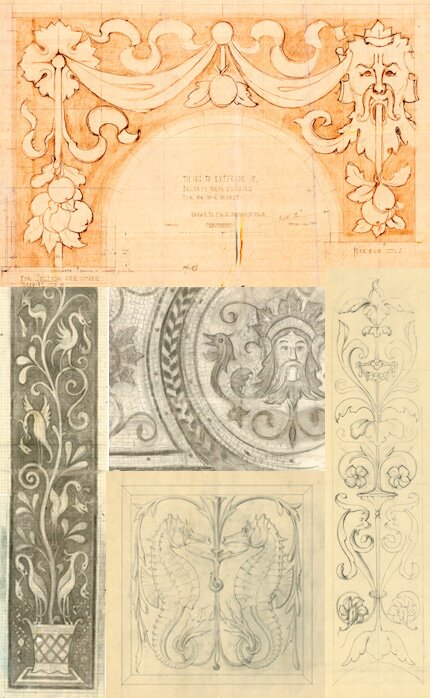
With this post I get to combine the both. You see, much of the influence and architectural features for the design and furnishing of Hearst Castle came from Spain. They were able to rescue and repurpose whole antique ceilings from churches, monasteries, palaces, and villas. Nonetheless, a great deal of the relief plaster, tiles, ironwork, moldings, coffered ceilings, wall treatments, etc. were designed by Morgan herself and fabricated by local California artisans. Now, I have the happy job of translating Morgan’s extensive design talents into classically inspired stencils that decorative artisans can use for years to come.
And what better time to introduce these new designs than for the hands-on class I will be teaching my students at the monastery outside of Barcelona? After much thought and image sifting, I had landed on these lovely samples to start with. The students will have the opportunity to be the first to work with these new designs in a combination of stenciling and hand painting techniques. We will be working on and with a variety of materials, including silk linen, SkimStone, plaster, and gilding, to create faux mosaic, Spanish-style glazed and crackled tiles, grisaille painting, and more.
So, if you are saying to yourself, “self, I REALLY wish I was going on this amazing, artistic adventure with Melanie and a lovely group of ladies” then I have great news for you! There is still ONE spot left open for this fabulous trip, June 16-29.
Download the Spain Painting Adventure brochure here. ![]()
April 4th, 2011
Artistic Reflections
Just north of the city of Barcelona, in the soft hills overlooking the Mediterranean Sea, sits an historic, former Gothic monastery, Sant Jeroni de la Murtra.
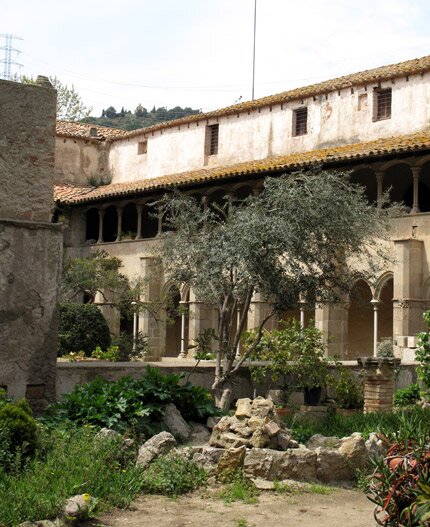
For my upcoming June painting adventure to Barcelona, I have decided to switch up the order of how I usually plan these tours and finish with the painting class and group project here AFTER spending the first week exploring and enjoying the sights, sounds and surroundings of Barcelona, Tarragona, and Montserrat.

I think that this will be the perfect way to end the trip: relaxing, reflecting, hiking, exploring new painting techniques and creating original art on individual canvases (more on that later!)

This monastery, established in 1416, originally belonged to the order of the Jeronimos. None other than Christopher Columbus met with the kings of Spain here after his first of 4 trips to the New World. It was occupied by the monks until a fire destroyed a good portion of it in 1835.
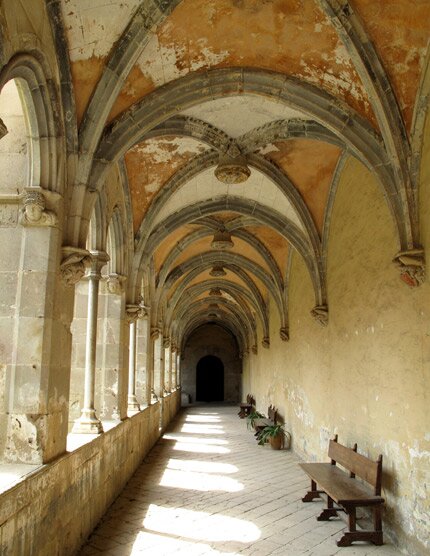
According to a translation of the Sant Jeroni website it was then ”inhabited by an interesting colony of holidaymakers” ?!?! through the late 19th to early 20th century. Hmmmm, wonder what that means?

In 1947 it was purchased by Francesco Guell to begin the restoration to return it to a place of reflection, peace, and solitude.
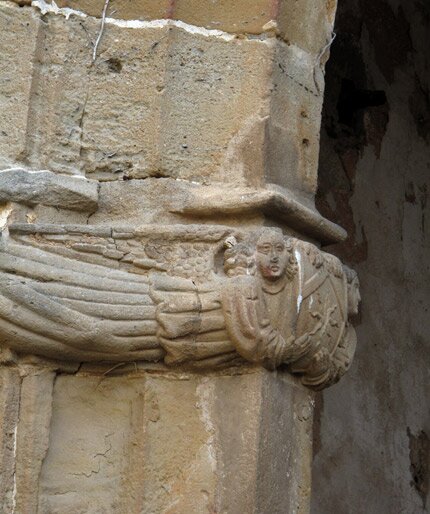
Today, it is maintained by a dedicated small group of laypersons, overseen by the charming Father Jaume, and supported by a local association, The Friends of the Murtra. It is now the sight of multicultural conferences, concerts, recitals, and art exhibits.
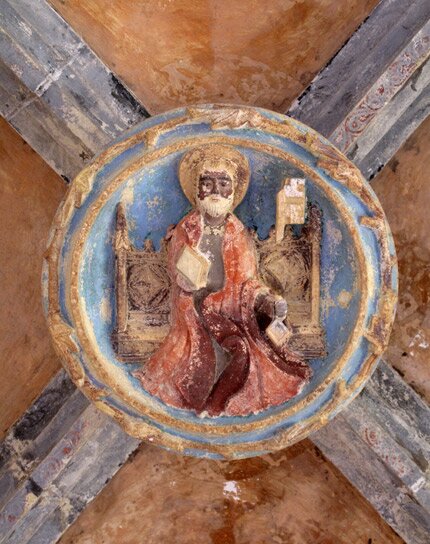
One of most beautiful aspects of the space is the open cloister, with its Gothic arches and polycrhome decoration of the sculptural elements.
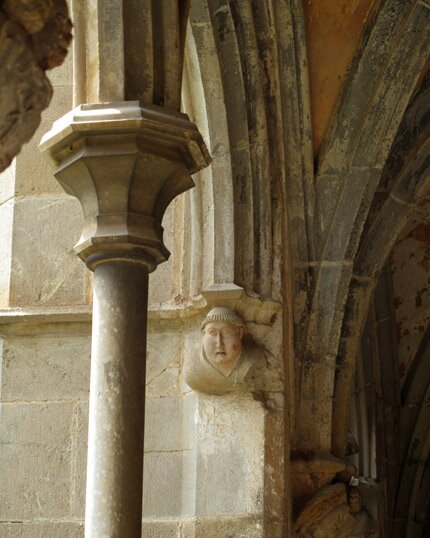
I love the faces of the individual saints, keeping careful and quiet watch around the courtyard.

If you would like to join us for an artist’ retreat in this special place, and for the rest of this AMAZING trip, we still (as of today) have 2 openings available.
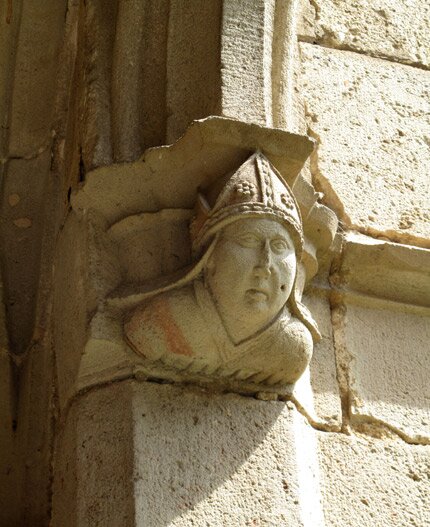
You can find more details on the Barcelona Painting Adventure here. Have a peaceful and lovely day!
March 28th, 2011
Divine Damask
Angela Perrone of Divine Rooms has a wonderful blog post today on how she used our Royal Design stencil Corsini Damask to “rescue” a tired Venetian Plaster finish with softly blended metallic pattern.
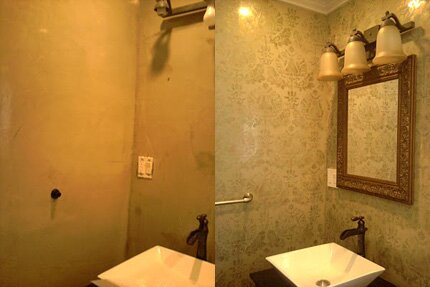
Under normal circumstances, you can’t rely on wall stencils to “save” a bad finish, but this venetian plaster treatment just needed a little more pleasing color and some pattern action, and Angela’s “fix” worked beautifully! You will enjoy following Angela’s blog as well; she is a lovely soul with a heartfelt “voice”. It was a great pleasure to have Angela along on my last painting trip to Marrakech and I’m looking forward to her company again on my June painting adventure to Barcelona! There are still 2 spots open for this trip if you’d like to join us!! ![]()
PS You can find the Corsini Damask Stencil here.
February 27th, 2011
Best of Barcelona
I am so excited to announce that I am leading yet another travel/painting adventure-this time to beautiful Barcelona June 16-28. I have already partially prefilled spots on this tour with friends from past travels, but there are still a few spots left on this intimate tour for 8.
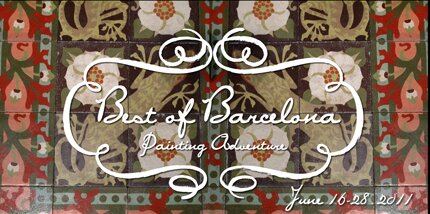
I think that Barcelona is my favorite European city so far, because it is so “alive” and forward leaning, yet posesses an amazingly rich history and fabulous architecture from Gothic to Modernista. Barcelona seems to have a little bit of everything to offer, and we will be exploring all the highlights!
Our adventure will begin in the Eixample district of Barcelona, in the heart of Antoni Gaudi’s architectural masterpieces, where we will stay (and play!) for the first part of our trip. Day trips out of town to the seaside town of Tarragona and nearby Montserrat will provide a broader experience of this Catalunya region of Spain.
Our painting class and projects will begin when we transfer to the peaceful and inspiring monastery Sant Jeroni de la Murtra, just outside of Barcelona and overlooking the Mediterranean Sea. Here, we will work on guided painting projects for several days, as well as enjoy some solitude and hiking in the surrounding hills.
On all of my painting trips I strive to plan a really good balance of art and creativity with diving into the local culture, enjoying excellent food and wine, shopping and sightseeing, relaxing and exploring. I think that this trip totally hits the mark! Look for the link at the end of the video to download all the details, and don’t forget there are just a few spots left!
September 23rd, 2010
Ancient+Modernista
I love going to Europe! My favorite European city so far HAS to be Barcelona, the capital city of Catalonia, Spain. Barcelona has it ALL you see: the sea, the mountains, cava (champagne!), tapas, shopping and people watching along La Rambla, the Bari Gotic (old Gothic Quarter). It was not exactly PAINFUL to get “stuck” there for 5 additional days at the end of our honeymoon last April!
Our wonderful local friend, Paul Deprez picked us up from the apartment we needed to vacate in the moody, Medeival, Bari Gotic area and got us settled in to a lovely modern hotel in the Eixample (phonetically eye-sham-pla) district.
Developed mainly in the first part of the 20th century, the Eixample district is famous for its unique Modernista architecture and the amazing buildings of Antoni Gaudi, such as Casa Batlló shown above. While I truly love the old, historic streets and buildings of the Bari Gotic, the Eixample district for me is an inspiring source of jaw-dropping visual delights. In fact, there are so many fine examples of fine craftsmanship and insanely beautiful decorative details that could be easy for many to completely miss them because THEY ARE EVERYWHERE!
Of course, some of the most striking architectural details, for me, are in the abundant sgraffito walls and facades.
Sgraffito is a process of scraping and scratching through a top layer of colored plaster to reveal a different color layer below.
I have written before about the sgraffito in Florence, Italy, but in Barcelona the look is uniquely light and colorful.
In addition to the amazing sgraffito, there is ornate plasterwork, exquisitely detailed metalwork, and unusual stained glass.
I will be traveling BACK to Barcelona for a few days next week, on my way to our painting trip in Umbria, Italy, to visit with Paul and finalize the details on ANOTHER painting adventure-to Barcelona in June 2011!! This trip will feature the best of many worlds, as it will include a 5-day stay in a serene, historically significant monestary in the rolling hills just outside of Barcelona where we will conduct a class and complete a painting project on site. After the project is complete,we will move to apartments in the city for a week to experience this amazing city up close, in between side trips to taste cava and explore the surrounding area.
More details to follow, but please let me know if you are interested in travelling to Barcelona with me, because the group will be limited to just 8….
Pssst! There are some fantastic flickr sets of photos of Barcelona and the Eixample district if you want to see more!
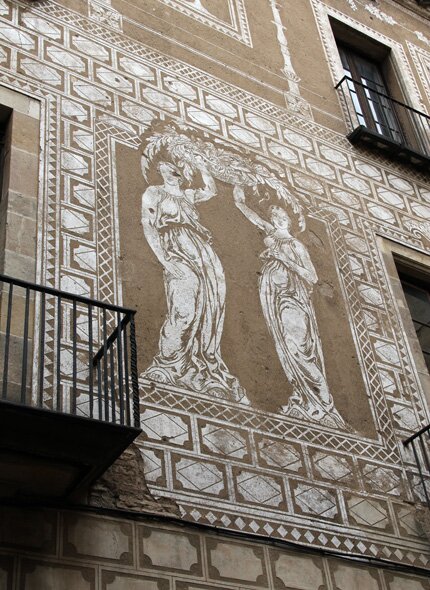


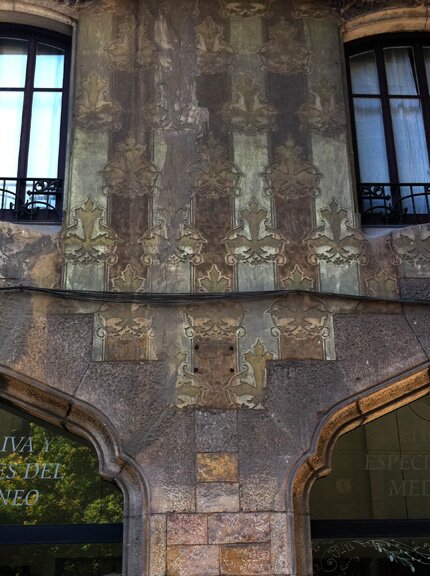
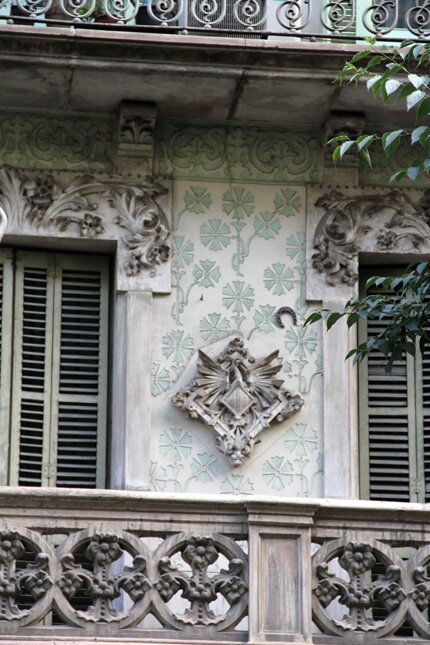
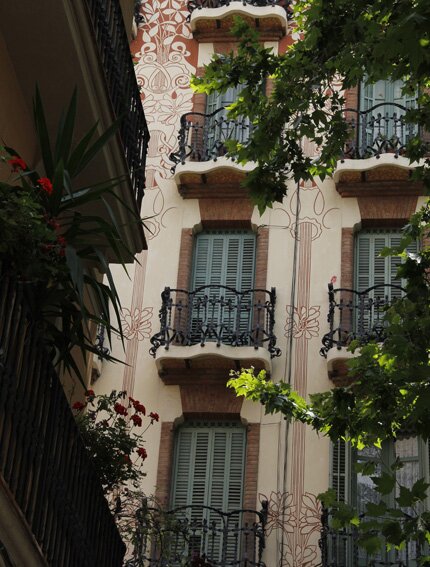

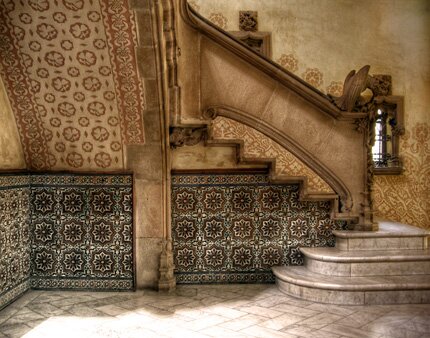
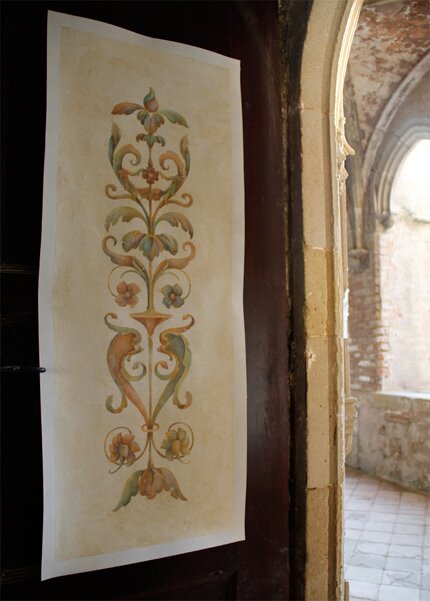
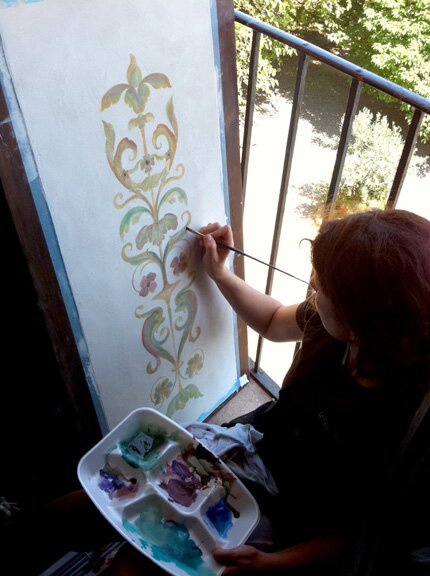
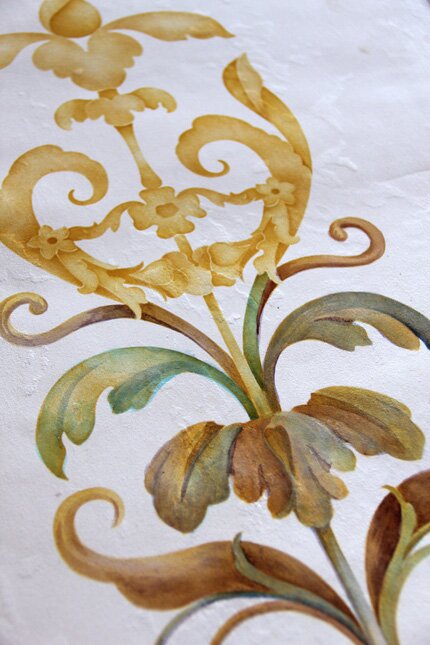
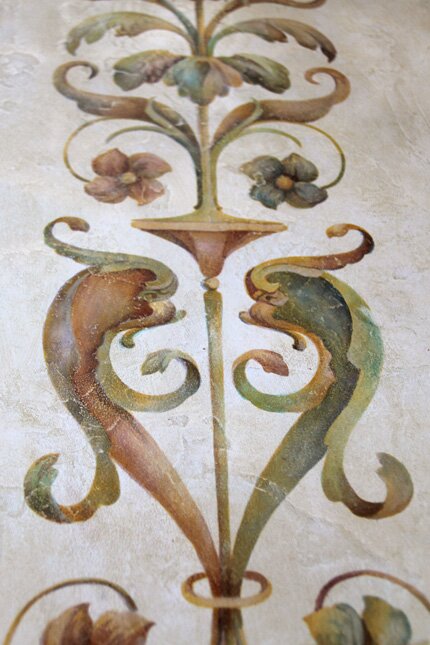
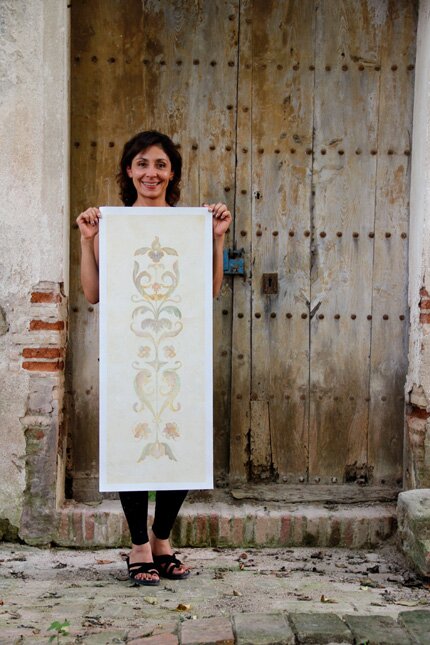
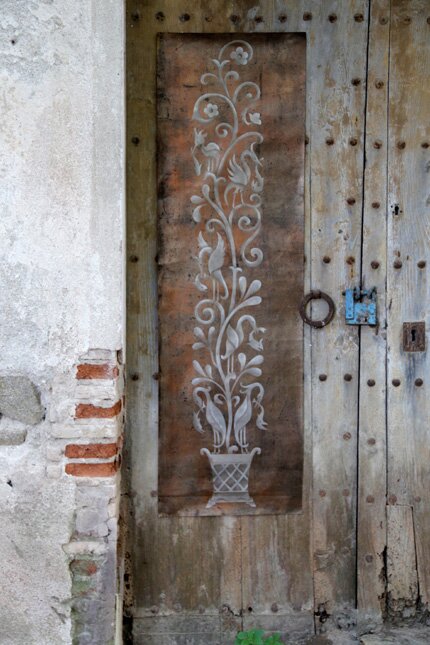
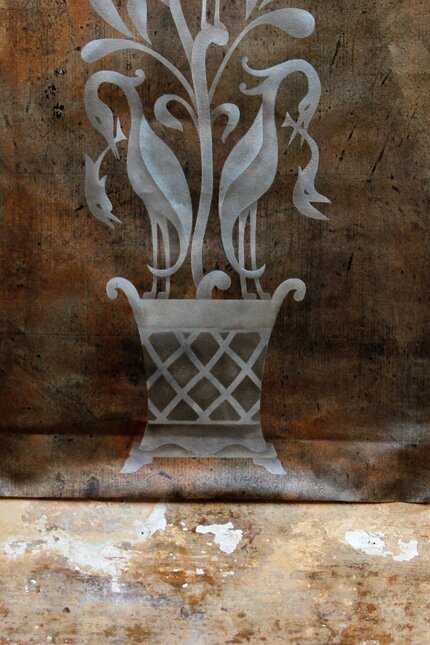
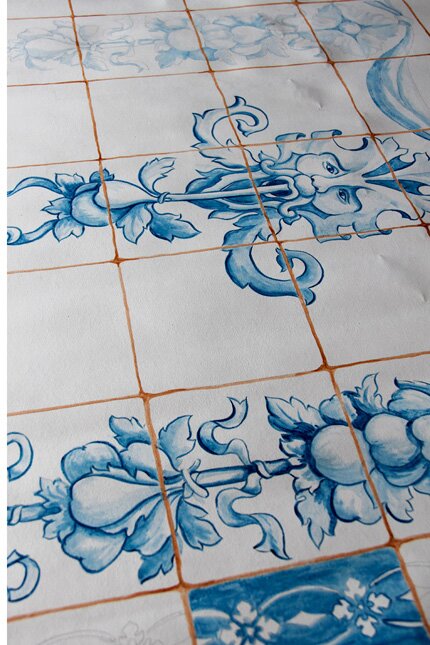

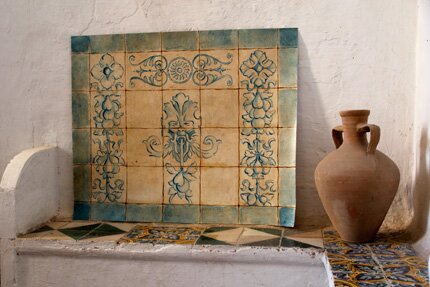

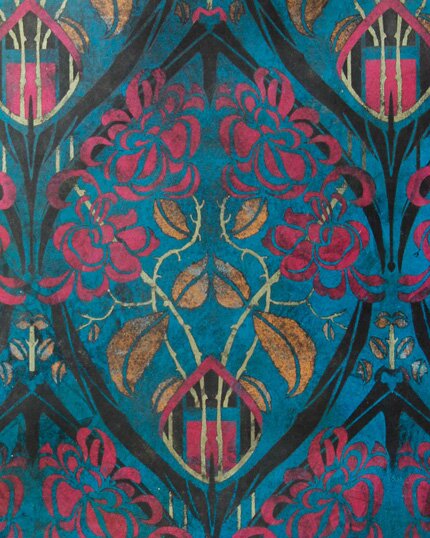
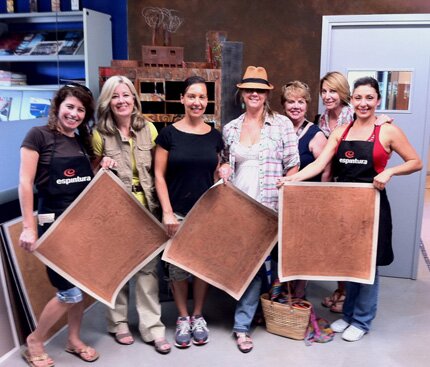

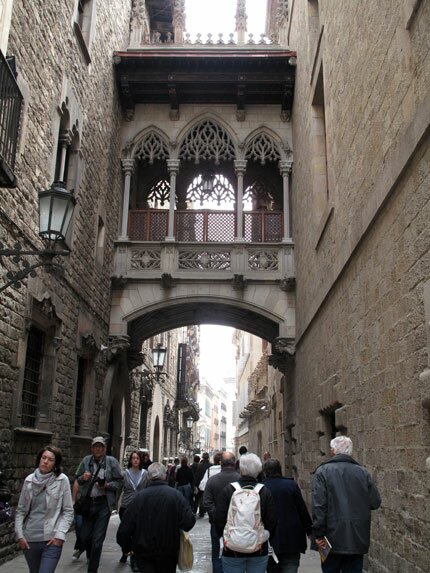
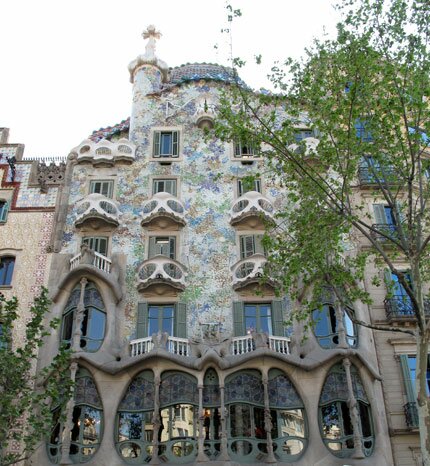
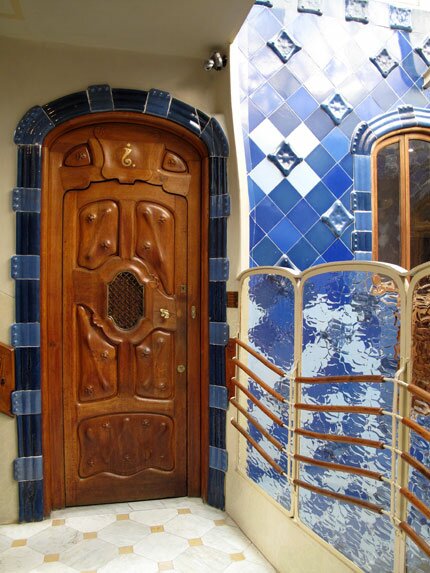
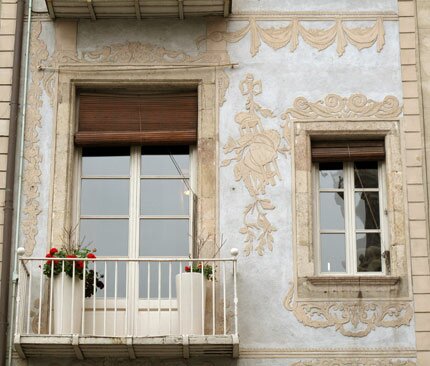

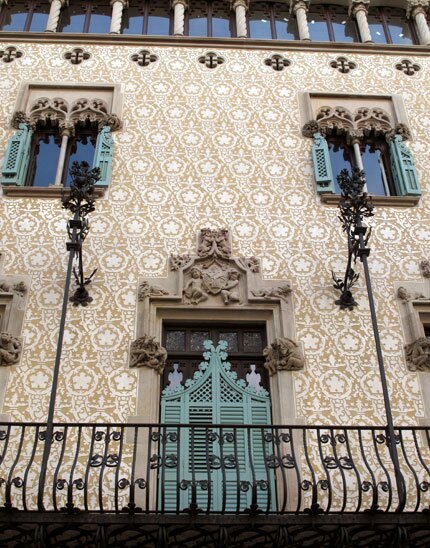
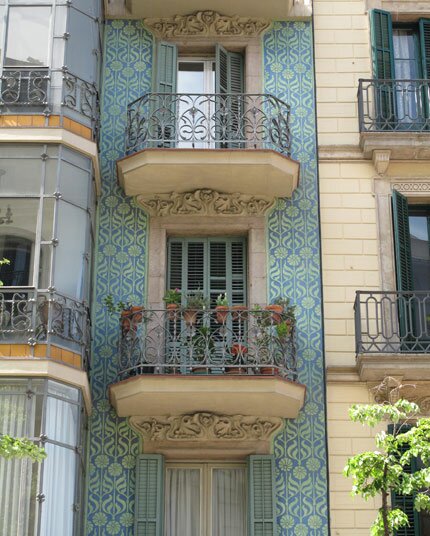
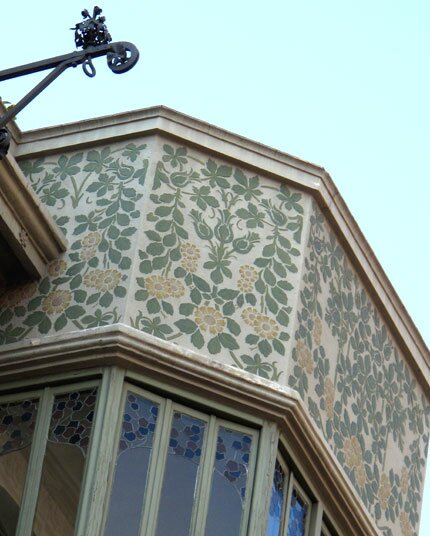
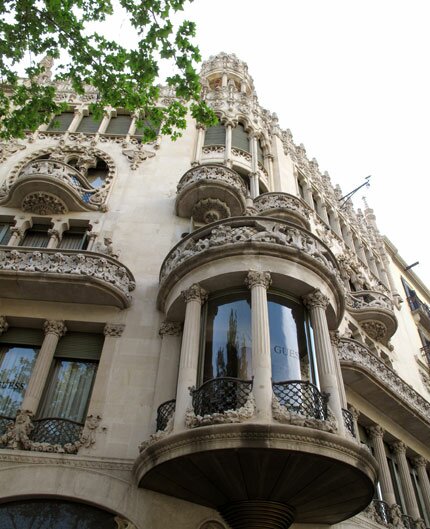












 Copyright © Designamour
Copyright © Designamour